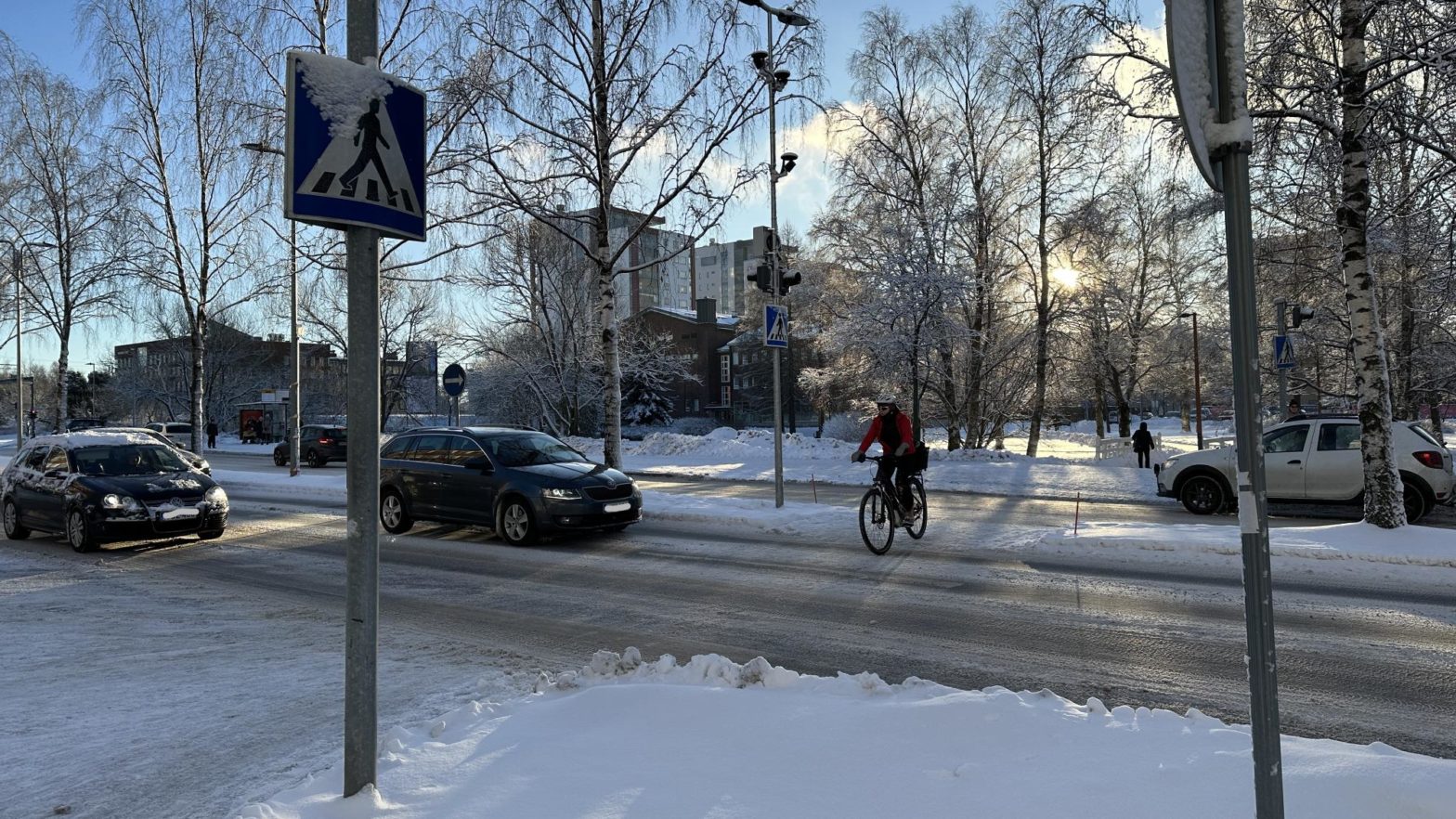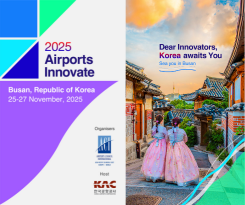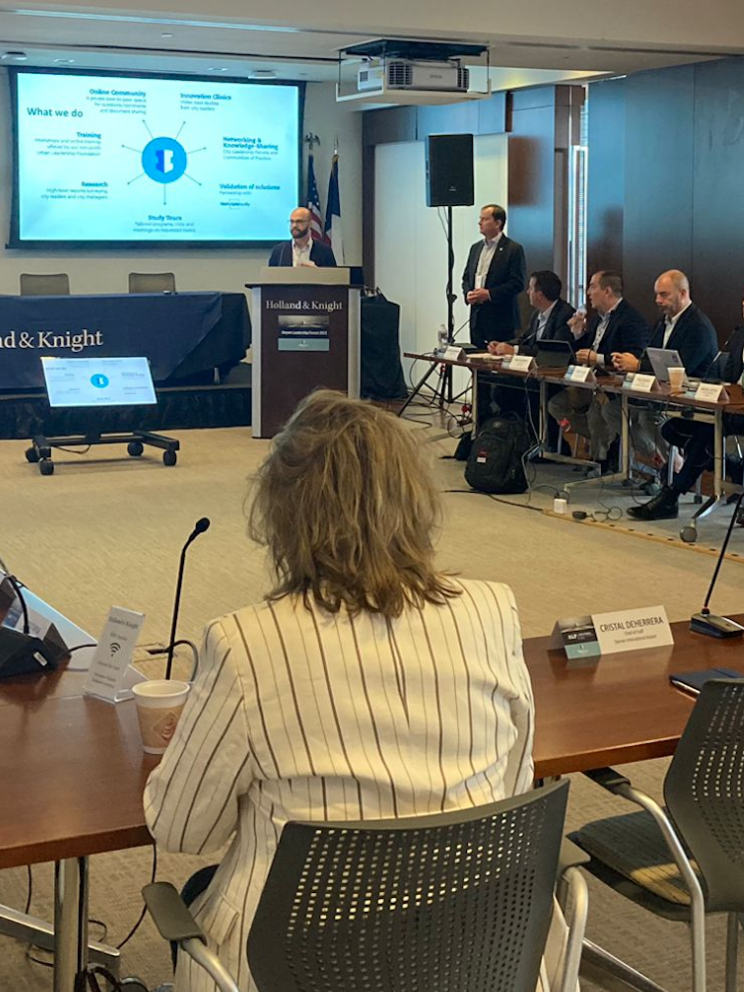
Photo: BCG
Rethinking urban mobility: a roadmap for sustainable transformation
26 June 2025
Urban mobility is at a critical inflection point. With nearly 70 percent of the global population projected to live in urban areas by 2050, the strain on transportation systems is becoming increasingly unsustainable. Congestion, pollution, and safety challenges are already costing cities up to 4 percent of their GDP each year.
“However, beyond the immediate economic losses, the greater risk lies in falling behind peers on quality of life and resident satisfaction–ultimately losing competitiveness in the global race for talent and becoming less attractive as a city of choice,” warns Arturs Smilkstins, Managing Director & Partner at Boston Consulting Group. “The good news is that with a clear roadmap for transformation, cities can turn these challenges into opportunities.”
Understanding the present to shape the future
Successful reform begins with a clear-eyed assessment of the present. Cities must analyse how people move, where systems fail, who is left behind, and what are the real root causes for urban mobility challenges. For example, in many metropolitan areas, private vehicles account for over 70 percent of urban trips but are responsible for nearly 90 percent of transport emissions. This diagnostic phase helps define a resident-focused vision–usually including a clear north star target for a modal share shift within the next 10-15 years (e.g., London aiming for 80 percent of trips to be made by active, efficient, and sustainable modes by 2041).
Once the vision is established, the next step is building a strategic action plan. Cities must prioritise initiatives based on feasibility, investment needs, and expected impact. Of course, these plans are highly customised towards the individual cities’ circumstances, including mobility transformation stage, budget availability, economic structure, cultural fabric, and unique geography.
“A one-size-fits-all solution simply doesn’t exist,” explains Dr Markus Hagenmaier, Partner & Associate Director at Boston Consulting Group. “Therefore, we have developed a menu of well over 100 possible initiatives based on our discussions with city leaders around the globe.”
Start small, move fast
Beginning with a transformation, delivering quick wins fast matters. They demonstrate progress, build public confidence, and unlock funding for larger projects. Many such interventions–like dedicated bus lanes or e-bike sharing pilots–can be rolled out within six to 12 months but have the potential of disruptive impacts on the mobility system. For example, cities rapidly expanding bike lanes during the COVID-19 pandemic saw a significant surge in biking usage–sometimes up to 60 percent increase in volume. Others that introduced bus rapid transit (BRT) systems saw bus travel times fall by up to 25 percent and public transport usage climb sharply. These examples show that small, targeted actions can trigger significant behavioural and modal shifts.
“Momentum is critical in these kinds of transformations,” says Smilkstins. “Quick wins aren’t about shortcuts–they’re about building the confidence and political capital needed to tackle deeper, more systemic changes.
Laying the foundations for long-term impact
While quick wins generate momentum, the most profound changes come from bold, long-term investments. Cities that build high-capacity metro lines, electrify vehicle fleets, or redesign regional mobility hubs can reshape urban life for decades. In Medellín, Colombia, for example, integrating cable cars with metro lines expanded public transit access to over 500,000 previously underserved residents, improving economic opportunity and social inclusion. Given the investment need, implementation time, and margin for errors, these initiatives are usually supported by digital twins, real-time virtual models of the urban mobility system. These enable cities to simulate interventions and predict impacts with greater precision. Municipalities adopting digital twin technology have reported efficiency gains of 15 to 20 percent, cutting congestion and optimising infrastructure investments without the need for constant trial and error.
“Data analytics and new AI technologies have just started to transform mobility in cities and beyond, we are about to experience really disruptive opportunities for the entire mobility industry and stakeholder landscape in the upcoming years,” states Dr Hagenmaier.
Governance, trust, and the role of people
None of these transformations can succeed without strong governance and public trust. Cities must establish cross-sector leadership teams, set measurable targets, and manage progress transparently. Research shows that urban transformation programmes with active public engagement are twice as likely to succeed compared to those designed in closed systems. Public trust grows when people see tangible benefits: shorter travel times, cleaner air, safer streets. Transparent communication, regular updates, and opportunities for resident feedback are not optional extra–they are critical components of enduring urban success. At its heart, mobility transformation is not about moving more cars or even just about technology. It is about shaping better, healthier, more inclusive cities where everyone can move–and thrive–freely.
Brought to you by:
Photo provided by our partner Boston Consulting Group







